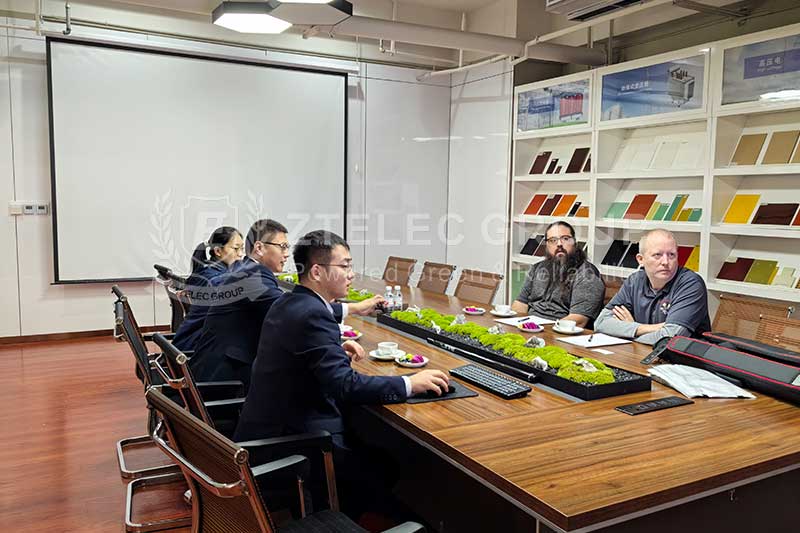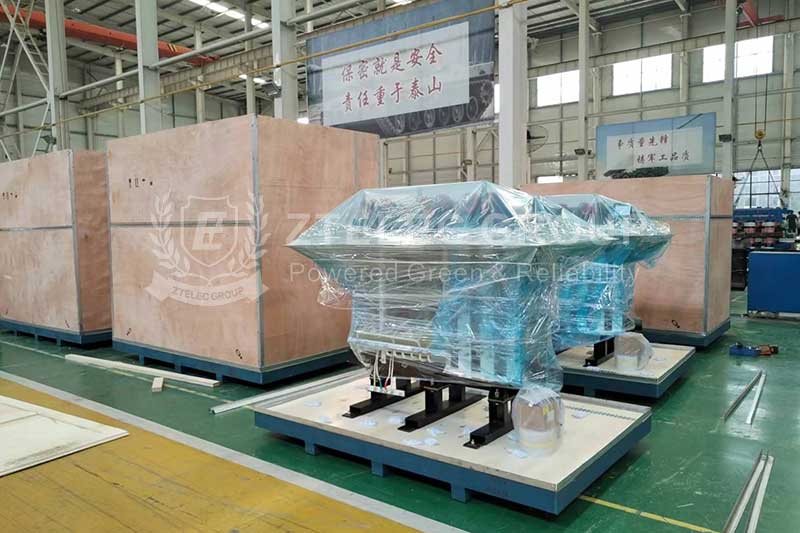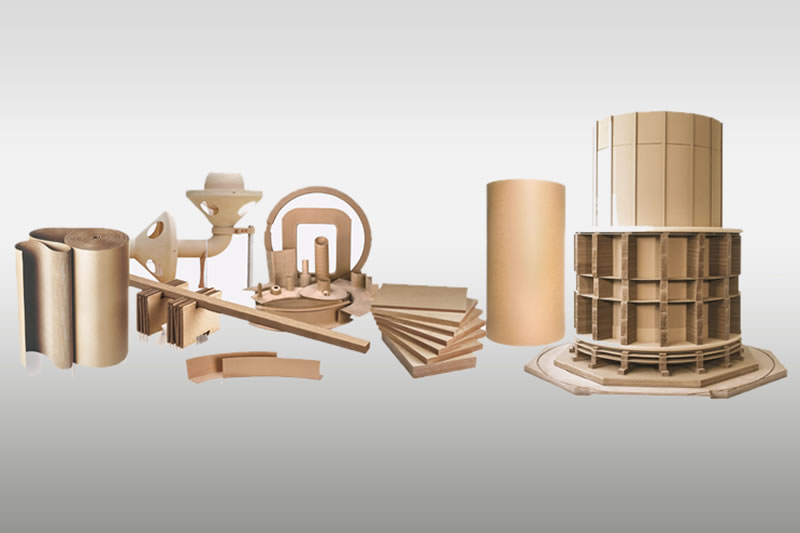Buy Electrical Bakelite Plates – Heat Resistant and Flame Retardant
In many industrial fields such as electrical, electronic, and mechanical manufacturing, bakelite plate is a high-performance insulating material that is widely used due to its excellent electrical insulation, mechanical strength, and processing performance. When companies or purchasers purchase bakelite, heat resistance and flame retardancy are two key factors that must be considered. This article will deeply analyze the heat resistance and flame retardancy of bakelite plates and provide you with a set of practical purchasing guidelines.
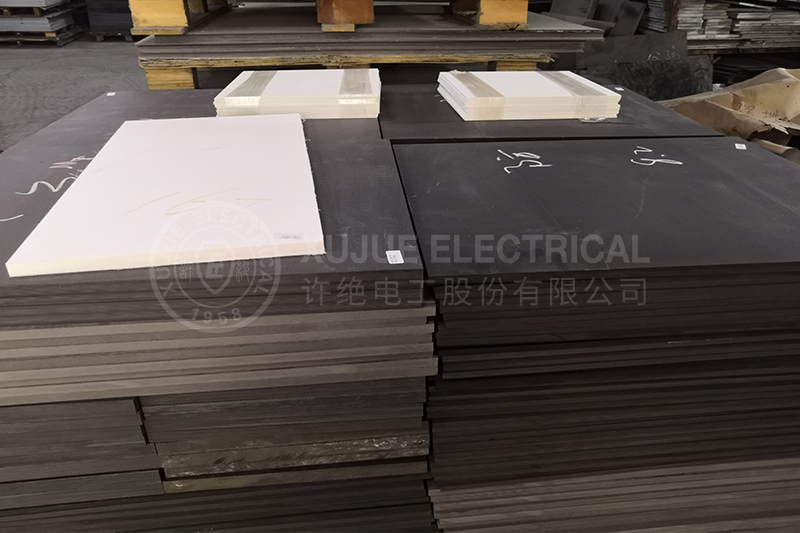
Why heat resistance and flame retardancy are so important
1. Ensure the safe operation of equipment
In electrical equipment, bakelite is often used as insulating supports, gaskets, switch bases and other components. When electrical equipment is running continuously for a long time or in a high temperature environment, if the heat resistance of the bakelite is insufficient, the material may soften, deform, or even lose its function. This will cause safety accidents such as short circuits and leakage. Bakelite with good flame retardant properties can effectively suppress the spread of fire when a fire occurs, and buy precious time for the safe evacuation of personnel and the rescue of equipment.
2. Comply with industry norms and standards
Many industries have established strict norms and standards for the use of bakelite boards, among which heat resistance and flame retardancy are important testing indicators. Taking the field of electronic appliances as an example, products need to pass relevant safety certification standards, such as UL certification, CE certification, etc. Enterprises purchase bakelite sheets that meet the requirements of heat resistance and flame retardancy, which is a necessary condition to ensure that products pass certification smoothly and enter the market for sale.
3. Extend the service life of equipment
Bakelite sheets with excellent heat resistance can maintain stable physical and chemical properties in high temperature environments and reduce performance degradation caused by thermal aging. The flame retardant property can prevent the bakelite sheet from burning in unexpected situations and avoid irreparable damage to the equipment due to fire. Therefore, choosing bakelite plates with good heat resistance and flame retardancy can help extend the service life of the equipment and reduce the subsequent maintenance costs.
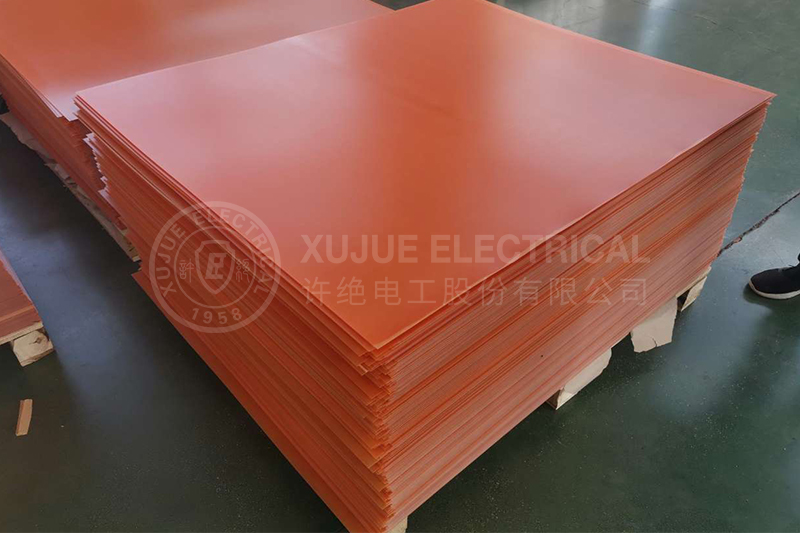
Analysis of Heat Resistance and Flame Retardant Performance of Bakelite
1. Heat Resistance
The heat resistance of bakelite is mainly determined by its raw materials and production process. High-quality bakelite usually uses high-performance phenolic resin as the base material, and then is made through high-temperature and high-pressure molding process. This material has a high heat deformation temperature and can maintain the stability of size and shape within a certain temperature range. Generally speaking, the heat deformation temperature of ordinary bakelite is between 120℃-150℃, while the heat deformation temperature of high-performance bakelite can reach above 180℃.
When purchasing, the purchaser can check the technical parameters of the product or consult the supplier to understand the heat deformation temperature, long-term use temperature and other indicators of the bakelite, so as to ensure that the selected bakelite can meet the actual use needs.
2. Flame Retardant Performance
The flame retardant performance of bakelite is usually evaluated by the flame retardant grade. Common flame retardant grades include UL94 V-0, V-1, V-2, etc., among which V-0 represents the highest flame retardant grade. Bakelite plates that reach V-0 level can extinguish themselves within 10 seconds in a vertical combustion test, and the dripping material will not ignite the cotton below.
In addition to the flame retardant grade, purchasers can also pay attention to the oxygen index of the bakelite. The oxygen index refers to the minimum oxygen concentration required for the material to burn with flames in a mixed gas flow of oxygen and nitrogen under specified conditions. The higher the oxygen index, the better the flame retardant performance of the material. Generally, the oxygen index of bakelite is between 30% and 40%.
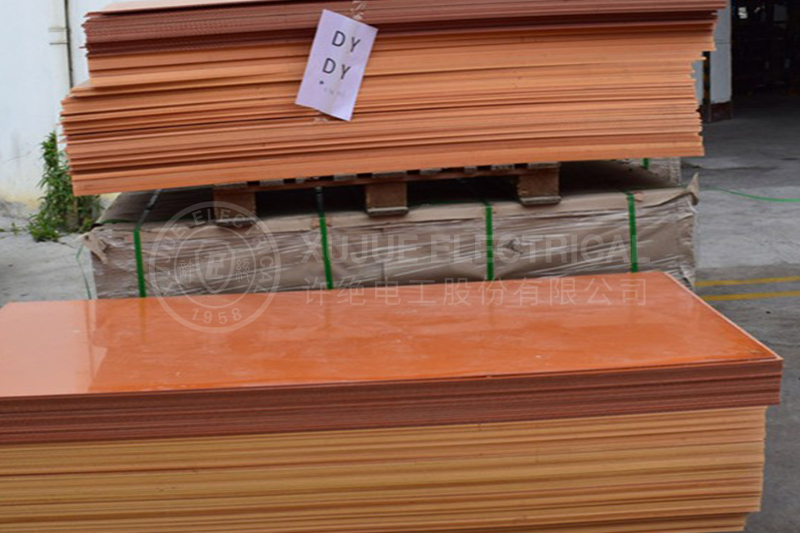
Practical Guide for Purchasing Bakelite
1. Clarify the Use Requirements
Before purchasing bakelite, the purchaser needs to clearly define the specific requirements of the product, such as the use environment, temperature range, and whether it needs to be flame retardant. For example, if the bakelite will be used in high-temperature equipment, it is necessary to choose products with better heat resistance; if the product is planned to be exported to areas with high requirements for flame retardant performance, it is necessary to ensure that the bakelite meets the corresponding flame retardant standards.
2. Choose a regular supplier
Choosing a qualified and reputable supplier is the key to ensuring that high-quality bakelite is purchased. Purchasers can find suppliers through online searches, industry recommendations, etc., and check their business licenses, production licenses and other relevant certificates. At the same time, it is also necessary to understand the supplier's production scale, technical strength, quality control system, etc., and give priority to suppliers with strong comprehensive strength.
3. Check product certification and test reports
Regular bakelite products usually pass relevant certifications and tests, such as UL certification, CE certification, ROHS certification, etc. During the procurement process, purchasers need to ask suppliers to provide product certification certificates and test reports to verify whether the quality and performance of the products meet the requirements. Especially for heat resistance and flame retardancy, it is necessary to carefully check the relevant data in the test report to ensure that the product meets the actual use standards.
4. Consider product price and cost performance
Price is a factor that cannot be ignored in the procurement process, but it cannot be used as the only criterion for selecting products. On the premise of ensuring product quality and performance, procurement personnel can compare quotations from different suppliers and select products with the highest cost performance. At the same time, be wary of excessive pursuit of low prices and purchasing unqualified bakelite sheets, which will bring hidden dangers to subsequent production and use.
5. Pay attention to after-sales service
Good after-sales service can provide strong guarantees for the procurement and use process. When purchasing bakelite plates, procurement personnel need to understand the supplier's after-sales service policy, such as return and exchange policy, technical support, etc. In this way, if problems are encountered during use, the supplier's help and solutions can be obtained in time.
- more+releated article
- 2025-12-13How to Select and Use Phenolic Cloth-base Lami
- 2025-12-13How Much Does Bakelite Sheet Cost? 2025 Price
- 2025-12-13Why are most 3240 epoxy boards yellow?
- 2025-12-13What are the Main Applications of FR4 Epoxy Bo
- 2025-12-13Why Does the Price of Insulating Paperboard Va
- 2025-12-13Heat-Resistant DDP Insulation Paper
- 2025-12-13Comparison of Heat-Resistant DDP Insulating Pa
- 2025-12-13G10 and FR4 Epoxy Boards: Commonly Used for Ge
- 2025-12-13The Price of Heat-Resistant DDP Insulation Pap
- 2025-12-13How to Choose Epoxy Laminate Materials for Gen


